Anthropology
-
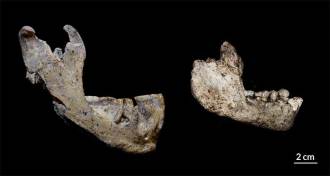 Anthropology
AnthropologyHuman ancestors at West Asian site deemed two species
Researchers see two species instead of one at oldest known Homo site outside Africa.
By Bruce Bower -
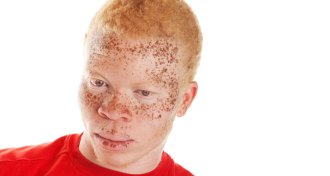 Anthropology
AnthropologyCancer proposed as spur for evolution of dark-skinned ancestors
Fatal ailments might have sparked DNA changes that yielded dark skin in human ancestors.
By Bruce Bower -
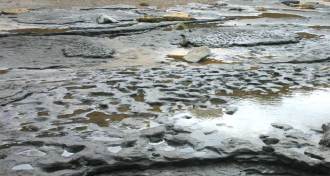 Archaeology
ArchaeologyNearly 1-million-year-old European footprints found
Erosion temporarily unveils remnants of a Stone Age stroll along England’s coast.
By Bruce Bower -
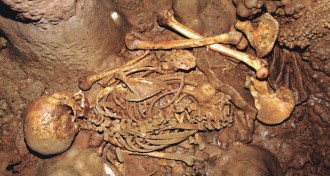 Genetics
GeneticsStone Age Spaniard had blue eyes, dark skin
Genetics of 7,000-year-old skeleton suggests blond hair, pale skin came later.
-
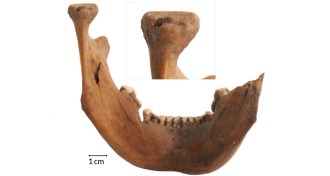 Anthropology
AnthropologySkulls from ancient London suggest ritual decapitations
The city’s Roman rulers had special watery places to keep the heads of military enemies or vanquished gladiators.
By Bruce Bower -
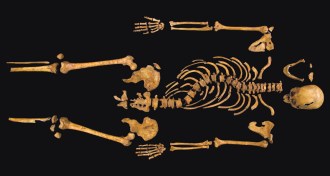
-
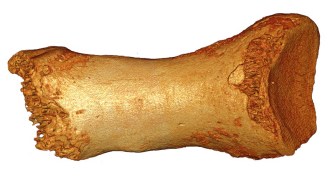 Life
LifeNeandertal genes point to interbreeding, inbreeding
DNA from 50,000 years ago underscores modest levels of mating across hominid populations.
By Bruce Bower -
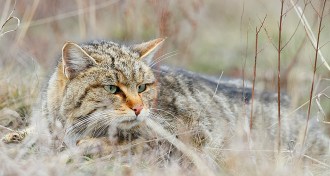 Animals
AnimalsChina trumps Near East for signs of most ancient farm cats
Earliest evidence found for grain as a force in feline domestication.
By Susan Milius -
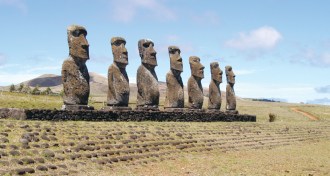 Archaeology
ArchaeologyEaster Island’s farmers cultivated social resilience, not collapse
A Polynesian society often presumed to have self-destructed shows signs of having carried on instead.
By Bruce Bower -
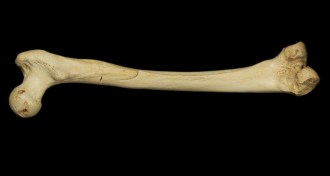 Anthropology
AnthropologyAncient hominid bone serves up DNA stunner
Spanish hominid fossil from 400,000 years ago reveals genetic ties to Asia’s mysterious Denisovans.
By Bruce Bower -
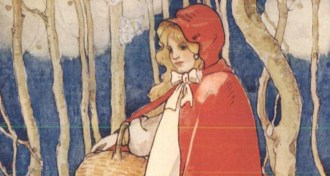 Anthropology
AnthropologyLittle Red Riding Hood gets an evolutionary makeover
A statistical analysis attempts to track the rise of several widespread folktales.
By Bruce Bower -
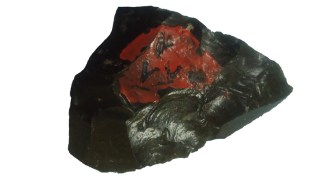 Anthropology
AnthropologyHuman ancestors threw stone-tipped spears at prey
African discoveries show that hunting weapons thrown from a distance appeared by 279,000 years ago.
By Bruce Bower